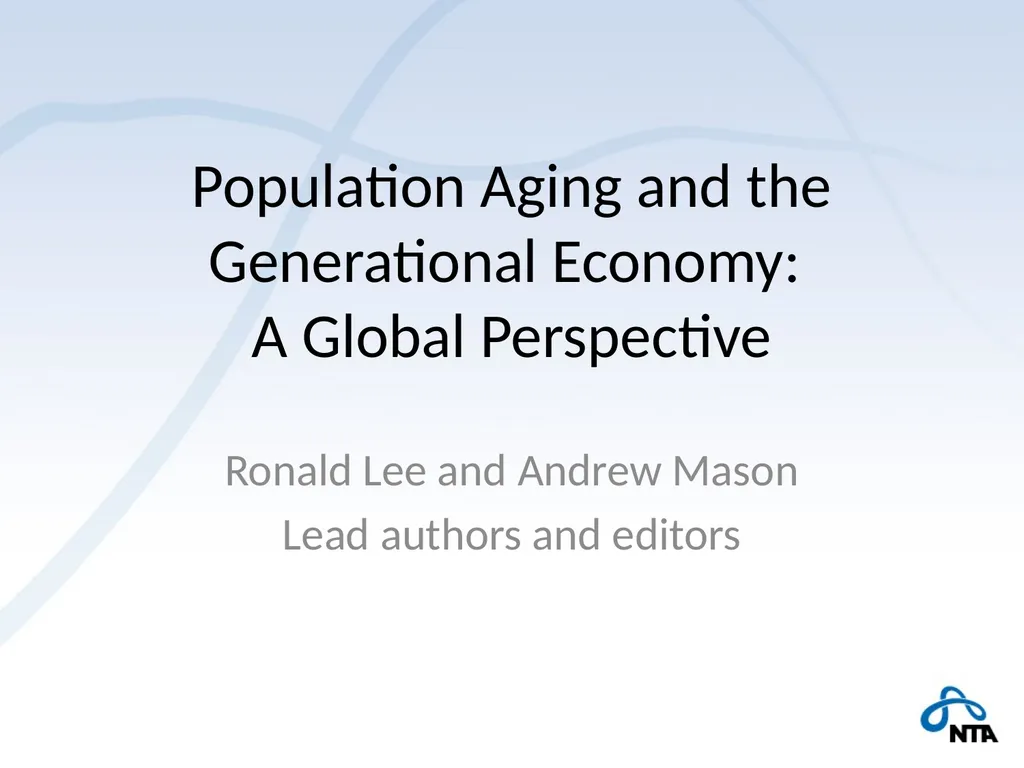
Population Aging and the Generational Economy: A
Author: phoebe-click | Published: 2025-05-29
Description: Population Aging and the Generational Economy: A Global Perspective Ronald Lee and Andrew Mason Lead authors and editors We are inherently social, and are sustained not only by our own efforts, but also by transfers from those of others who
Download Presentation
Download the PPT/PDF: Download
Transcript:
Loading transcript…